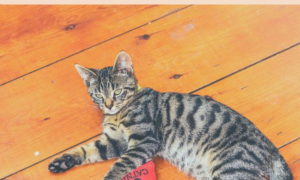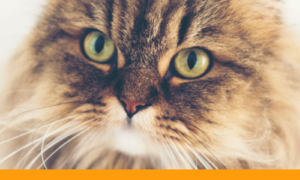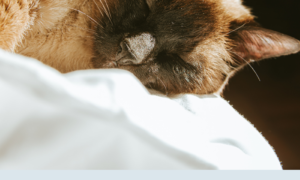I’ve had two cat clients in the past six months, Goose and Bradley, that have needed surgery to  remove bladder stones. Bladder stones are made up of minerals and organic material and are typically seen in middle aged to senior aged cats. The stones vary in size, with some as small as grains of sand while others may be compared to small pebbles.
remove bladder stones. Bladder stones are made up of minerals and organic material and are typically seen in middle aged to senior aged cats. The stones vary in size, with some as small as grains of sand while others may be compared to small pebbles.
Common symptoms include:
- Blood in urine
- Painful urination
- Straining to urinate
- Urine spraying
- Frequent urinary tract infections
Stones can also form in the urethra (predominately in male cats) and upper urinary tract. Urethral stones get stuck at the tip of the penis and cats will have difficulty urinating, in some cases not being able to go at all. This is what happened to Bradley.
When there are stones in the upper urinary tract, urine cannot pass from kidneys to the bladder because of the blockage. Cats with this type of stone may still be able to urinate, but may not be eating well and losing weight.
Bladder stones are usually detected via X-ray or ultrasound (if stone is small). For cats with small stones, they may be passed normally through urination. If the stone is larger, as was the case with Goose, surgery will be required to remove it.
There are two types of stone: Struvite (combination of magnesium, ammonia and phosphate) and Oxalate (calcium oxalate). Once it’s determined the type of stone your cat had, your vet may prescribe a dietary change to prevent stones from forming in the future.
My client Bradley had surgery for urethral stones just 2 1/2 months ago, and just had surgery again last week for bladder stones. Recurrence of stones is not only painful and potentially life threatening for your cat, but is also extremely costly to treat since they often require surgery to remove.
The most important step for bladder stone prevention in cats is increasing your cat’s water intake. Here are some suggestions:
- Feed canned food. Canned food has much more moisture than dry food, so try introducing canned food into your cat’s diet. If he’s not eaten canned food before, be sure to introduce it very gradually to prevent digestive problems.
- Provide several water dishes throughout the house. Cats are about convenience, and having a bowl of water readily available wherever he might be will encourage your cat to take more sips throughout the day.
- Try a fountain. Many cats prefer fresh, flowing water to drink and pet water fountains fill the bill nicely. Some cats like to drink water from the faucet, but I wouldn’t advocate that unless nothing else seems to work. There are several types available in a variety of materials and price points. My cat Marty has the Drinkwell Blue Stoneware Pagoda Fountain
and I see him stopping by for a drink a few times each day.
- It’s all about location. Many cat guardians set up the cat feeding/water station very close, sometimes right next to, the litter box. This isn’t appealing to some cats, so place water bowls a good distance away from the litter box. Some cats are finicky and don’t like the water dish right beside the food dish, either. Consider separating food from water to see if that helps.
- Add some flavor. Does your cat like chicken? If so, a little chicken broth (without salt) in his water might be enticing. Is he a fan of tuna? A little water from the can of tuna might make the water more appealing.
- Try different types of dishes. Some cats prefer drinking from more shallow bowls, rather than a large deep water dish that might be fine for a larger dog. Experiment with different types of bowls (aluminum or ceramic) to see if your cat prefers a certain type.





